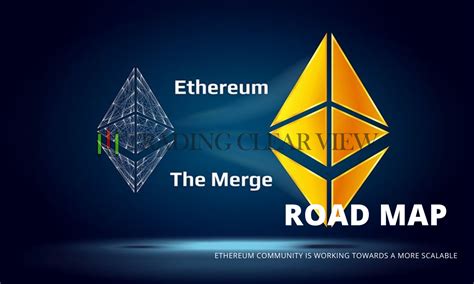Understand the Ethereum verification level: What is controlled and why
Ethereum, like bitcoin, uses a consensual algorithm, the so -called work test (POW) or the stake test (POS) to secure your network. To guarantee the integrity and security of the blockchain, developers have carried out a number of control levels that prove the content of each block. In this article, we deepen what these checks mean and reveal that there is current documentation.
What are the levels of authentication?
Control levels refer to a series of tests or validations performed in a block stored in a block stored by the Ethereum Consensus algorithm. The purpose of these checks is to ensure that the information in each block is accurate, complete and followed by specific rules. When performing several levels of check, developers can validate that each block meets certain criteria before allowing the blockchain to add.
Bitcoin Standard Client -qt/Bitcoinind: -Shalefiance
The Standard Bitcoin-QT/Bitcoind client, a popular implementation of the bitcoin protocol, is called «Checklevel». This service allows users to enable multiple checks on the disk. As long as this option is available, the documentation is limited and is primarily based on the source code.
According to the Bitcoin-QT/Bitcoinind client documentation, the «-ckecklevel» option allows you to check a number of elements, which includes:
- Block title fields (such as version, time brand)
- Transaction data (including relationships between senders and transaction amounts)
- Merkle trees
- Container block (block body)
However, more information on these specific checks is rare.
Do you have current documentation for Ethereum?
While the Bitcoin-QT/Bitcoind Customer’s «-KECLELEVEL» option is a starting point to understand what checks are carried out, Ethereum’s current documentation is very limited. The most available resources can be found:
- Although this is not directly related to the control levels, it provides information on the underlying mechanics.
- Ethereum Central Development Handbook

: A complete guide for developers based on Ethereum platform, this manual covers many aspects of Ethereum development, including blockchain data structures and algorithms.
Unfortunately, the central team did not submit detailed documentation of specific checks carried out by «-Checklevel» or other control levels in official sources. The lack of transparency is due to the fact that developers often plan these checks to guarantee the safety and integrity of their implementation.
Conclusion
Although the information available on the Bitcoin-QT/Bitcoind client «-Checklevel» option is particularly limited by the current documentation of Ethereum. Developers based on Ethereum platform must refer to official resources, such as the Ethereum Core Development Manual, to understand deeper the controls that have been conducted on the basis of various control levels.
In summary:
- The Bitcoin-QT/Bitcoinind client «-ckecklevel» option allows you to check the individual elements (headers, transaction data, Merkle trees and block content).
- Documentation of these checks is rare.
- In order to develop Ethereum, official resources, such as the Ethereum Central Development Manual, must be consulted.

Leave Your Comment